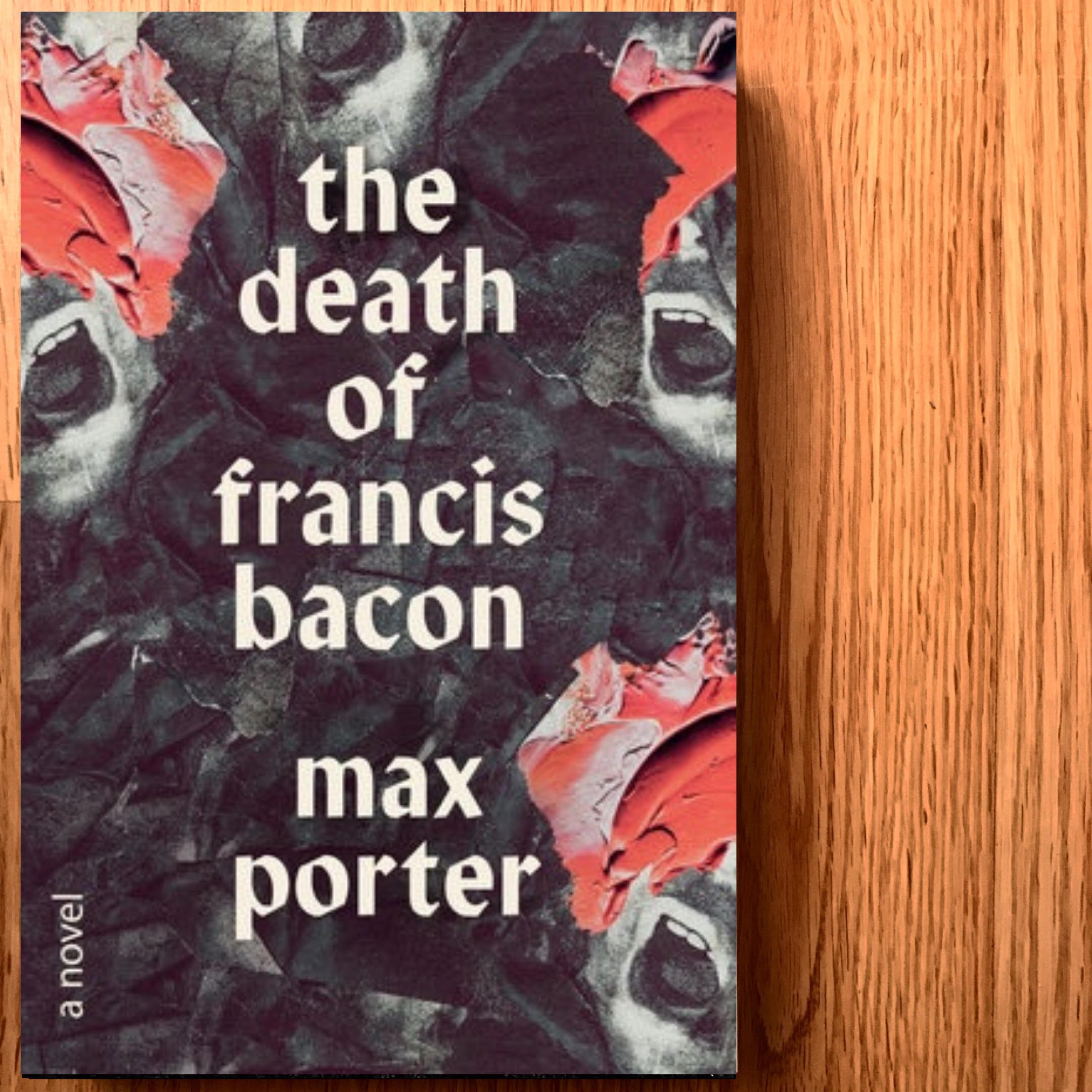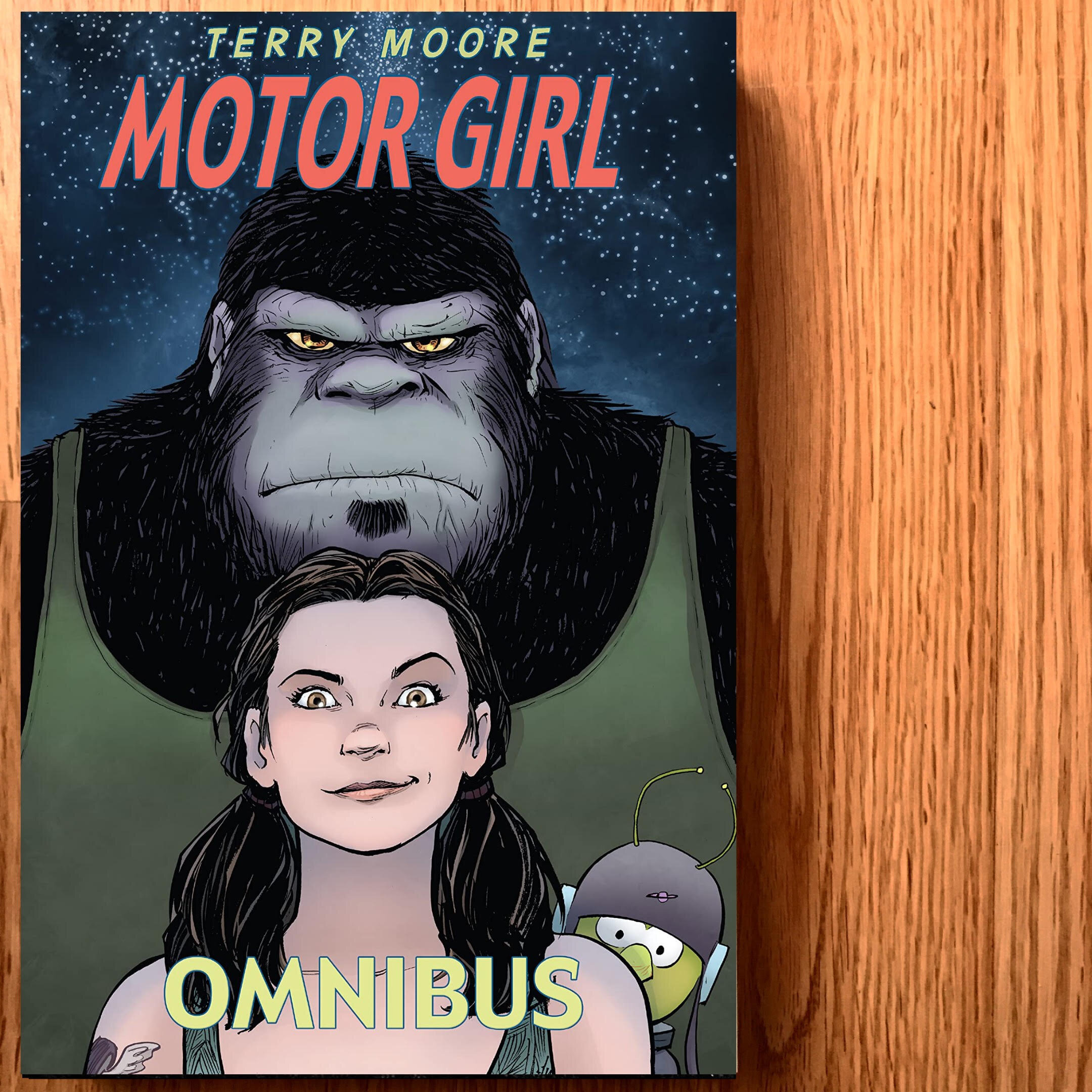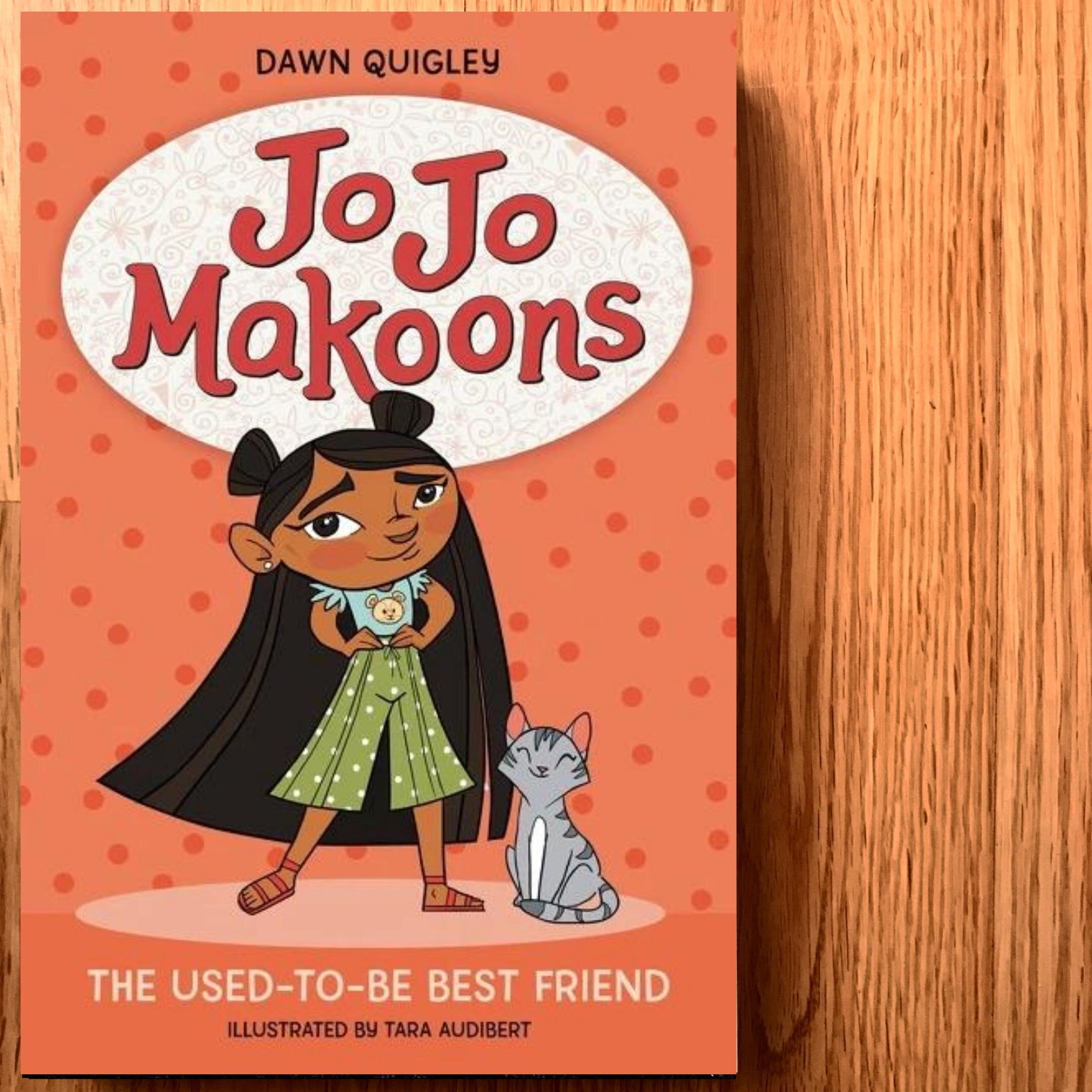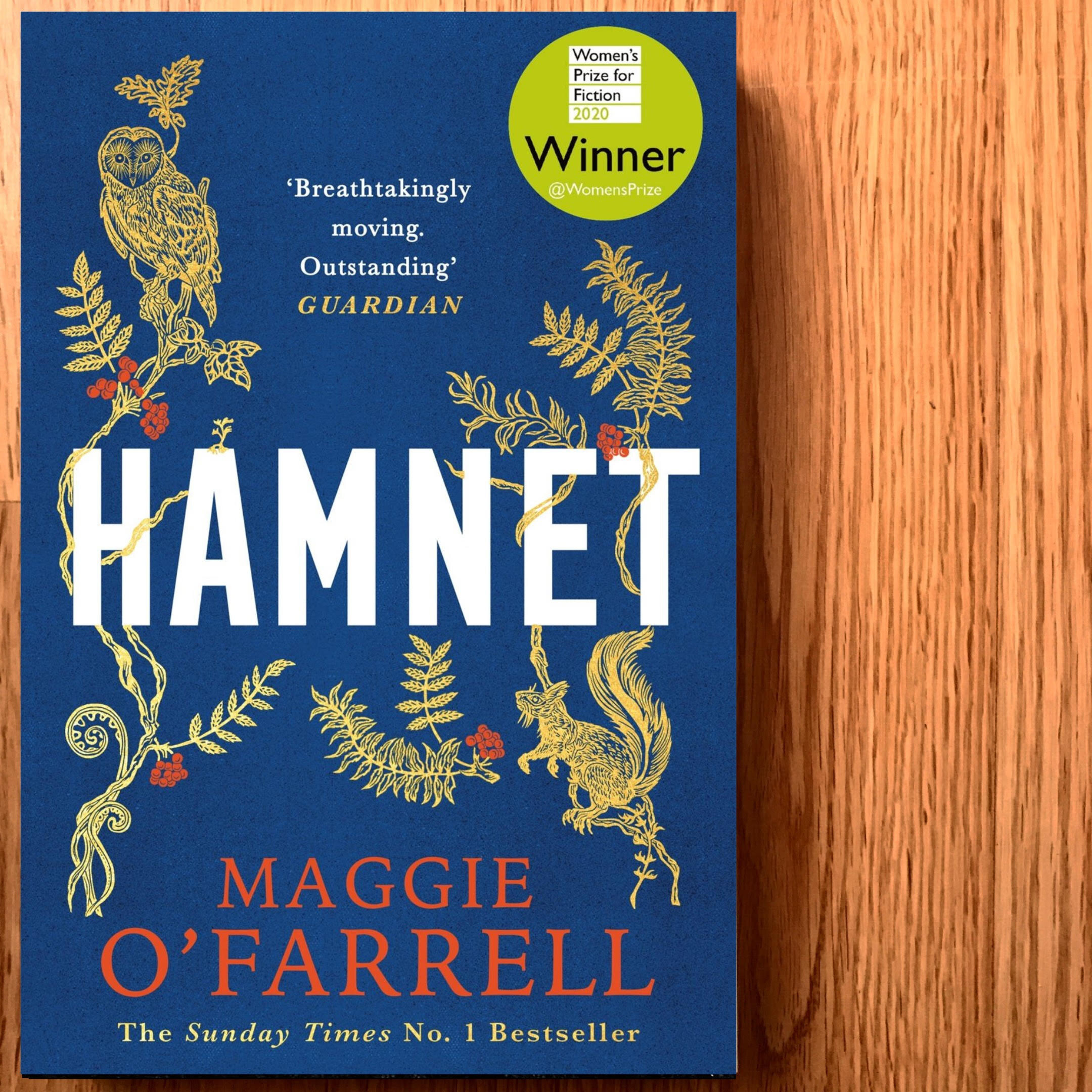By Carly Smith
Content warning: human trafficking
Jo McNair is a 17-year-old whose world is flipped upside down after being late for curfew. Unable to enter her home and left outside to her own devices, Jo is approached by a stranger named Mandy, who promises to give her a safe space. Unfortunately, Mandy is really an agent working for an illegal operation that kidnaps youth and forces them into blood donation. Now trapped in an unknown location with a group of teens who must give blood regularly—too regularly—Jo works hard to find a way out, not only for herself but the others being held captive too.
Bass creates Jo as a bright, clever, resourceful young woman. She is a critical thinker with a drive to overcome the many obstacles presented to her by her captors as well as by her family. She is hard-working, determined, and insightful. It's no surprise that Jo is at the forefront of the plan to escape from the illegal clinic—she is a born leader. Out to dismantle her efforts is Red, another teen whose life is actually more stable while being held hostage; she is offered adequate meals, a clean, warm place to sleep, and shelter from the other dangers that present themselves to homeless youth. While, initially, Red seems miserable, jaded, and unwelcoming, Bass develops Red's character in such a way that the reader can empathize with her point of view—being freed is more threatening than being trapped.
Although Blood Donor is not a long read, Bass still includes all the necessary elements to create a gripping page-turner. Suspense, character development, and setting are all very well constructed early on, captivating readers right away. Even though the plot may be tricky to relate to, the way in which Bass develops the various characters helps build a sense of connection between reader and character. This book is eye-opening for people who are unfamiliar with youth homelessness and the consequences that arise from it. I look forward to reading Bass’s next publication.





















